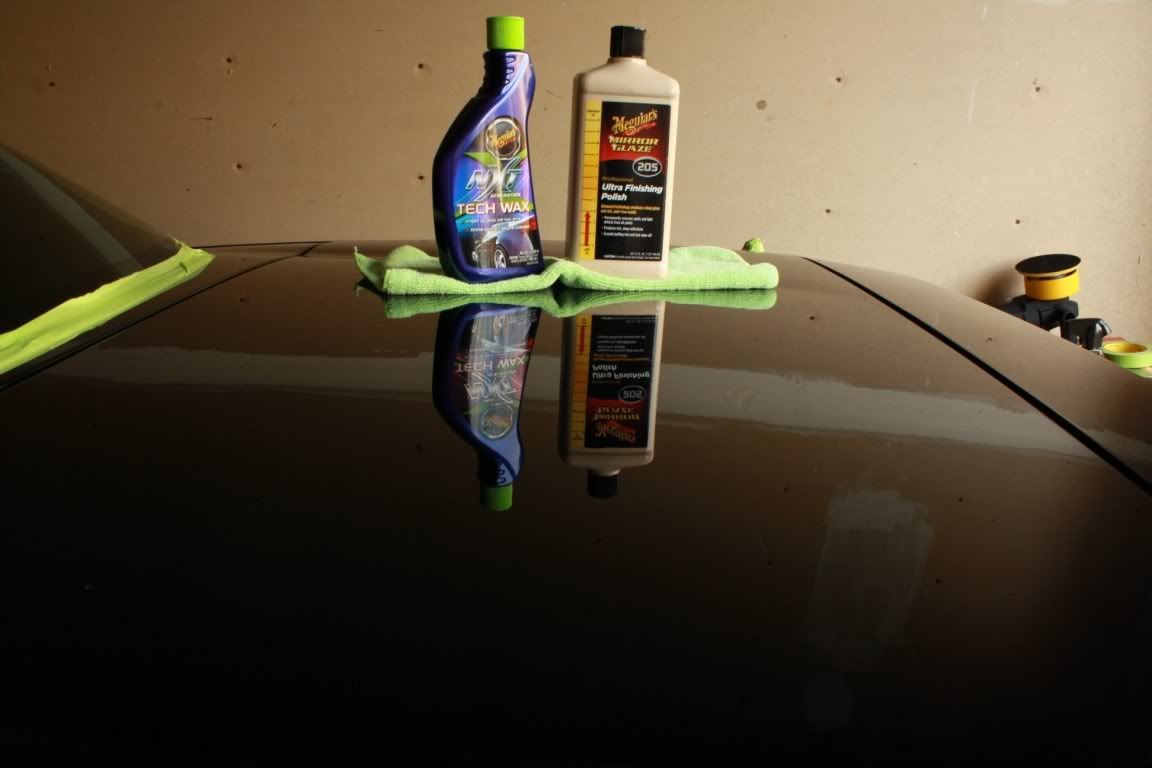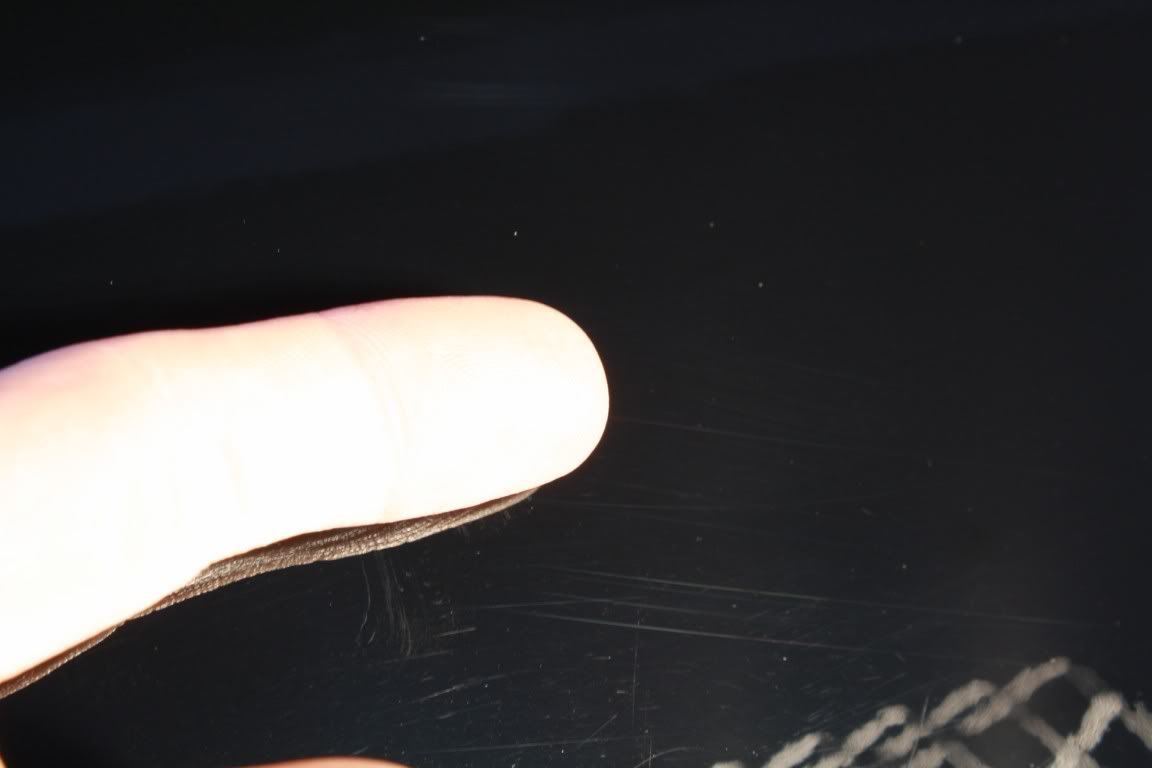For the 3yrs I've owned my black 99 C5 Corvette, I've put up with the entire car coated in these light scratches and swirl marks. Our car club had a Meguiars rep do a detail session with us and I was finally able to use the Meguiars DA Polisher and several products. I finally got everything I needed to start this project and got to it over the weekend. Here is what I am currently using in my "process" after a lot of research here.
Product
Product
1. Is it safe to use the W7006 Cutting Pad with the G110 and M205? Would it be helpful given my goals/situation?
2. I was planning on saving my W9000 Finish Pad to use with my NXT Tech Wax. Should I get another one and use it with the M205 for even better results than just the W8006/speed2 combo?
3. I saw in some of the How-To articles that the recommended approach was to use M105 and then follow it up with M205. I didn’t see this before starting my project, should I purchase M105 and go back and do it right? Could I cause any damage to my clearcoat/paint by going over the panels so many times?
4. I didn't purchase a nice glaze or polish like M07 Show Car Glaze or the other related products. I would like to get the black as deep as possible and go for the wet look.
2. I was planning on saving my W9000 Finish Pad to use with my NXT Tech Wax. Should I get another one and use it with the M205 for even better results than just the W8006/speed2 combo?
3. I saw in some of the How-To articles that the recommended approach was to use M105 and then follow it up with M205. I didn’t see this before starting my project, should I purchase M105 and go back and do it right? Could I cause any damage to my clearcoat/paint by going over the panels so many times?
4. I didn't purchase a nice glaze or polish like M07 Show Car Glaze or the other related products. I would like to get the black as deep as possible and go for the wet look.
Thanks guys, I've learned a lot from the Meguiars rep that helped us out and a lot on this forum from the Tech Articles. Would love to hear your thoughts on my car as well. I am away on business at the moment, but will take some nice photos of what I am working with when I return.







































 Hope this helps...
Hope this helps...





Comment